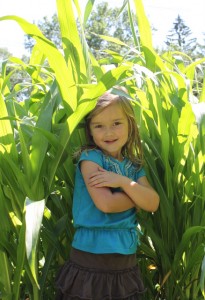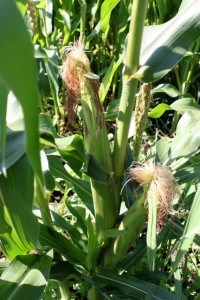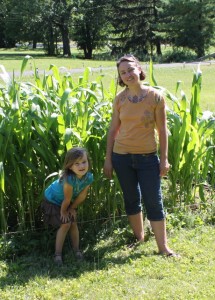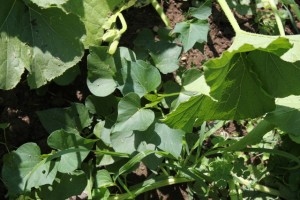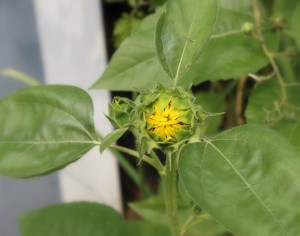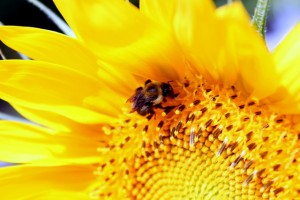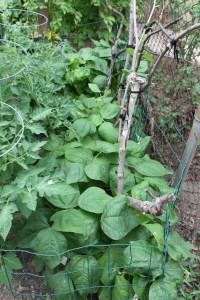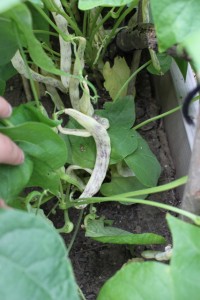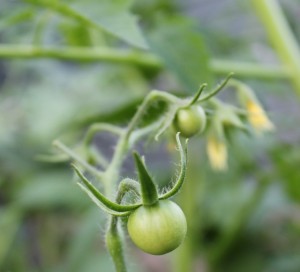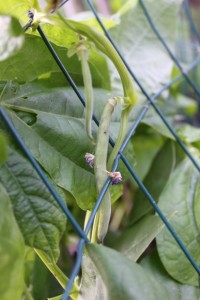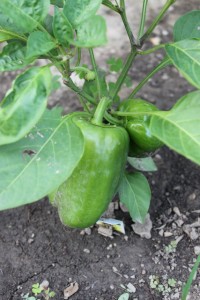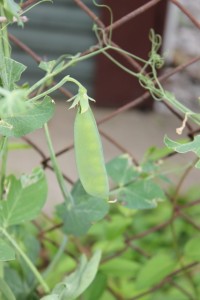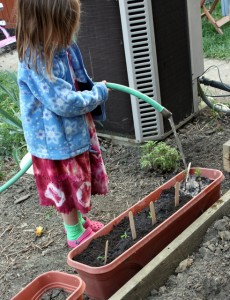This morning, our neighbor Jan was looking quizzically between her garage and compost bin. We stepped out to hear her terrier Molly squeaking. The source of the tension? A baby opossum was hiding out behind the compost bin.
Fortunately, Alex's Extermination Service came to the rescue. He used a stick and a few yells to chase the babe out from behind the bin. Then, he grabbed the possum by the tail near its body. Their partially prehensile tails do not allow opossums to attack when held at the base of their tail.
Lil and Devie were very interested. We told Lil some of the interesting factoids about opossums, the mammal evolution seems to have left behind. For instance, did you know that opossums are marsupials, meaning their young complete gestation in a marsupium pouch on the mother? They have a strong immune system rendering them resistant to rattlesnake, cottonmouth, and pit viper venom.
We debated how cute the little possum was. Lil wants no one to say they are ugly.
We also debated what to do with her. We didn't want her around our house, as possums root through trash, eat vegetables from the garden, and can be dangerous as adults. It's not easy to kill a pest in city limits, and Lil was attached anyways, so offing it wasn't an option.
We decided to pack her in a plastic tote and drove to a ravine a mile away. We let it go, hoping she'll be young enough not to return.





